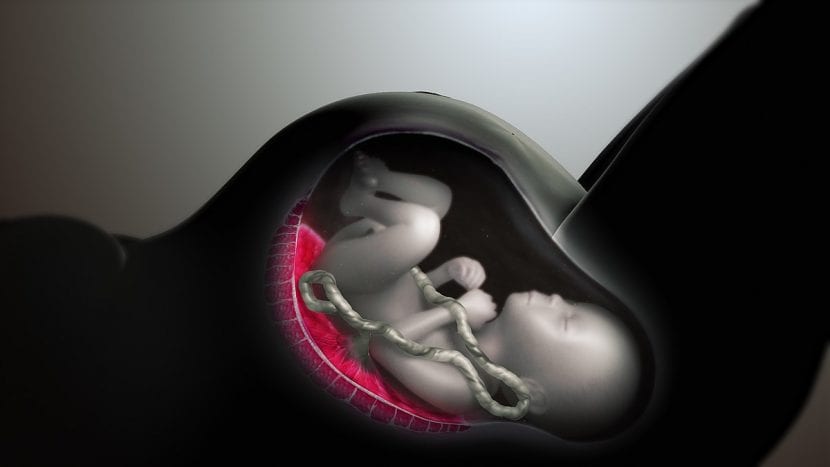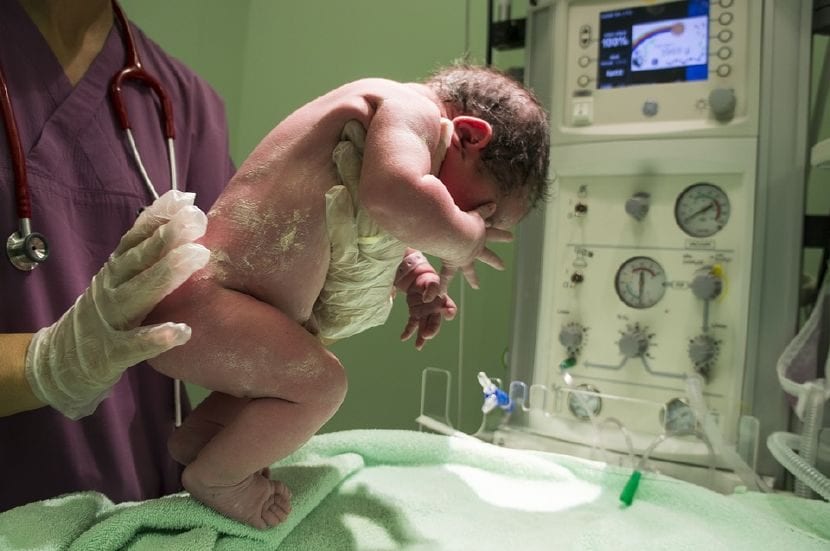
Today we want to talk to you about what are the cotyledons of the placenta. The first thing that will surprise you ise there is also talk of cotyledons in the plant kingdom, yes in plants, and the fact is that cotyledon is actually a word of Greek origin that means cup-shaped, although if we refer to the cotyledons of the placenta, this shape becomes rather a disk.
As you have read in other articles, for example here, the placenta is the organ that unites the mother and the fetus in pregnancy. It is through this organ that the exchange of nutrients and oxygen takes place from the mother to the fetus. The placenta has two faces, one on the mother's side, which is the maternal and the fetal side. While the fetal is internal, smooth and covered with amnion, the maternal is covered by cotyledons. It is about them and their functions that we are going to talk to you in this article.
What are cotyledons?

As we said before the placenta is made up of two faces, the fetal and the maternal, which is actually a transformation of the uterine membrane or mucosa, and the other side of fetal origin composed of hundreds of crossed blood vessels.
The maternal side is covered by grooves, which are called intercotyledons, which divide it into small fleshy parts which, in turn, are called cotyledons.. To be clear, the cotyledons are all the segments that are seen on the surface of the maternal side of the placenta. Thus, by forming partitions, the placenta is partially divided into lobes or cotyledons. These cotyledons are made up of fetal vessels, chorionic villi, and intervillous spaces. There are usually between fifteen and twenty-eight.
Why do doctors count cotyledons?
After delivery and delivery of the placenta, the midwife counts the cotyledons. This is to verify that no ovular debris remains in the mother's uterus.
Some segment may be missing, Some cotyledon that has not been expelled from the uterus or the existence of an accessory placenta, is what is called succenturiata or cotyledon outside the placenta. If this had happened, can lead to uterine infection or internal bleeding which can endanger the health of women.
It's normal that the midwife checks the shape, integrity, color and other attributes of the placenta. Do not worry if you see that it does, it is usual. Here You have more information about the functions of midwives.
What if there is a placenta left inside me?

It may happen that when counting these cotyledons part of the placenta has remained inside the mother. It is a rare phenomenon, but dangerous. The phase of delivery of the placenta lasts between 5 and 30 minutes after delivery of the baby. These contractions are shorter and lighter, so they almost disappear with the excitement of holding the baby in your arms. That is why it is important that the medical professional helps you perceive them and verify that you have expelled everything. Retention of the placenta is more common if the delivery is premature or if the placenta was in an unusual place, such as the cervix.
When there are still cotyledons inside, the risk of postpartum hemorrhage increases. The natural thing is that the womb contracts, tightening and shrinking, to stop bleeding from the place where the placenta was attached, but if your body interprets that part of the placenta is still in place, the womb does not contract and the bleeding continues. This is one of the most common causes of bleeding after giving birth.
One of the recommendations to completely expel the placenta, if this is not given after 30 minutes after the baby is born, is breastfeed the newborn. When the mother breastfeeds the baby, the uterus contracts and this helps to expel the placenta. The mother is also recommended to urinate, because if the bladder is full this can delay the delivery of the placenta.